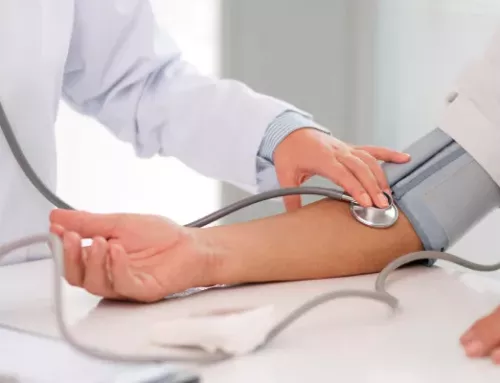What is a Varicocele
Varicoceles are a disease of the veins which drain the testicles resulting in swelling of the veins. These veins and the valves which normally allow for one way drainage of blood from the testicle towards the heart become incompetent. As a result these veins enlarge and no longer drain blood from the testicles. This is the same process as occurs with vericose veins elsewhere and is essentially varicose veins in the testicular region. The veins that drain the testicles are referred to the pampiniform plexus. Initial presentation of varicoceles is often during adolescents at 12-15 years. However, it can also be diagnosed at an older age. Moreover, 40-50% of infertile men suffer from varicocele.
Varicoceles are often associated with varicose veins of the lower extremities , hemorrhoids . A varicocele usually presents on the left side (very rarely presents as bilateral or right-sided), which is explained by the confluence of the spermatic vein from the left at a right angle into the renal vein. In the supine position, the veins collapse .
There are idiopathic (primary) and symptomatic (secondary) varicocele. Symptomatic varicocele can be observed when the geometry of the inferior vena cava changes – for example, due to the germination of a neoplasm of the right kidney. Such a varicocele is located on the right and the degree of filling of the veins does not depend on the position of the patient .
Evaluation of varicoceles begins with diagnostic ultrasound and treatment with gonadal vein embolization or surgical repair with postoperative follow-up.
Causes of the disease.
The most common cause of the disease is an increase in pressure in the veins, which leads to the expansion of the pampiniform plexus in the testicular region. This may lead to:
- increased physical activity (hard physical labor, weightlifting, kettlebell lifting),
- increased intra-abdominal pressure due to various diseases of the abdominal cavity,
- renal vein thrombosis,
- oncological diseases.
Due to the peculiarities of the course of the left testicular vein, this disease most often manifests itself from this side.
Symptoms.
Symptoms of the disease can be different, depending on the stage. Most often, patients complain about:
- drawing pains in the testicle and scrotum;
- prolapse of the scrotum and an increase in the size of the scrotum;
- reduction in the size of the testicle;
- increased pain during physical activity in the testicles;
- discomfort and pain during intercourse.
At an early stage, visible symptoms appear only when straining. At later stages, the venous network in the affected area becomes clearly visible. At the advanced stage, the consistency of the testicle changes.
If you experience one or more of these symptoms, you should immediately contact a specialist. Our qualified doctors will help to diagnose and perform the operation in a timely manner. Left untreated, it can lead to infertility.
Diagnosis and treatment.
Diagnosis of varicocele in Kaluga, in our clinic, consists of several stages:
- conversation with the patient and the study of complaints;
- examination by a doctor by palpation;
- appointment of a hardware examination: ultrasound of the scrotum, kidneys and retroperitoneal space, dopplerography.
Ultrasound examination of the kidneys and retroperitoneum is necessary to exclude mass formations, in the presence of which symptomatic varicocele can develop.
After receiving a complete picture of the examination, surgical intervention is prescribed. Conservative methods in this disease are effective only in the early stages, which are usually difficult to diagnose, because their symptoms are often ignored.
Operations in our clinic are carried out by experienced doctors with great experience. The outcome of 100% of operations is positive.
The type of operation is determined individually, depending on the stage and nature of the disease. In most cases, minimally invasive methods are used, which significantly reduce the rehabilitation period.
Any type of operation is performed using the latest equipment, so there are no side effects, and testicular function is fully preserved.
Rehabilitation.
With our methods of performing operations, the rehabilitation period is reduced.
Often the patient can go home the same day. If the doctor’s recommendations are followed, recovery is quick, complications and relapse are excluded.
After the operation, scheduled examinations are scheduled. The patient is under medical supervision until complete recovery.


Leave a Reply